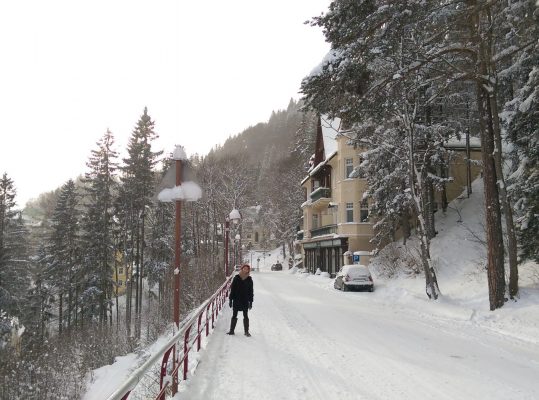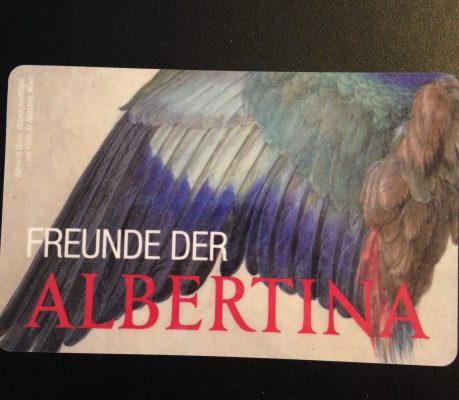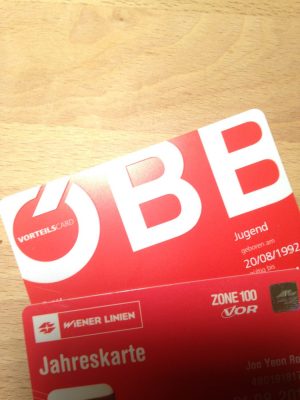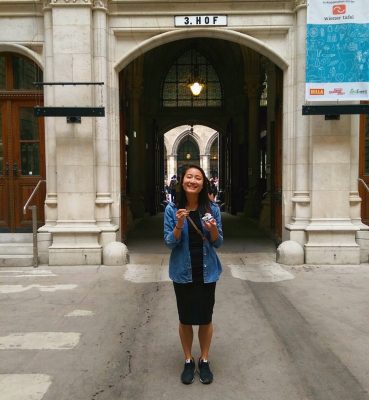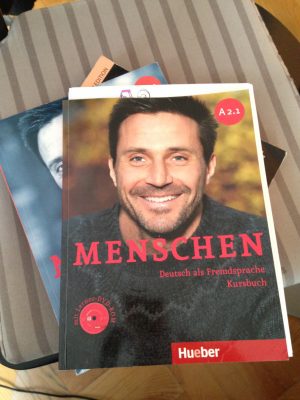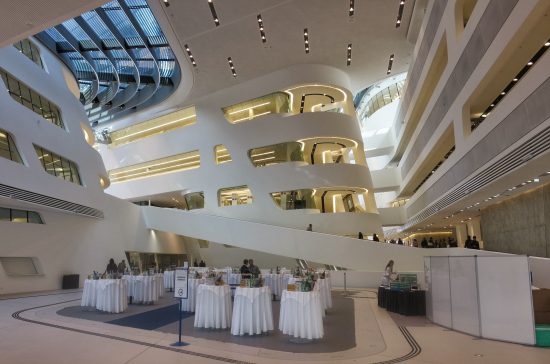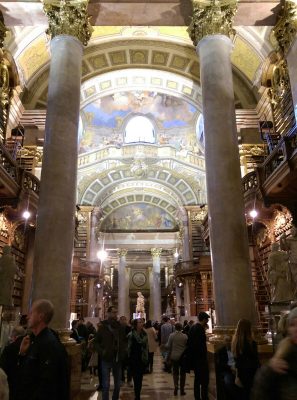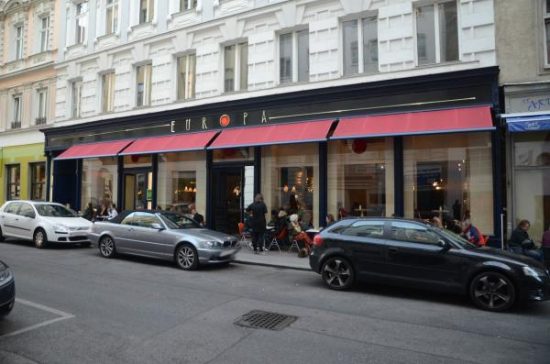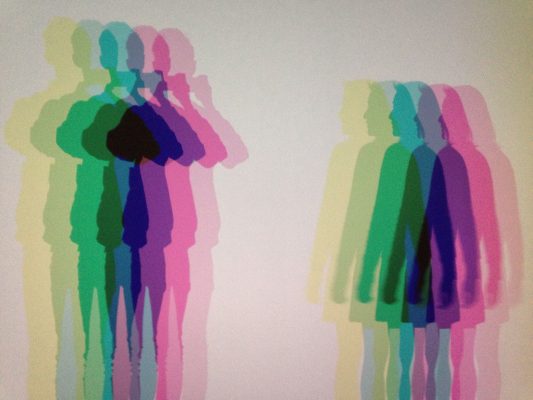I am sure you are familiar with ice skating in Rathaus on its flat and perfectly manicured ice. However, if you are looking for a more outdoorsy ice skating experience, you might wanna take a little road trip to Neusiedler See in Burgenland. The lake is one of the biggest lakes in the continent yet with a depth of about 180cm. I do not know how long it is to skate to Hungary, but technically and geographically, you can skate from Austria to Hungary.
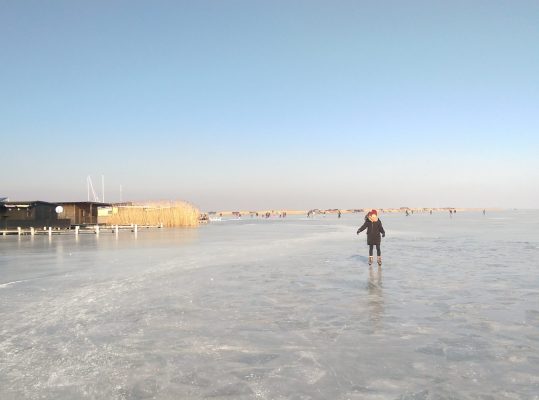 My boyfriend and his parents and I left from Modling by car to the lake, and fortunately, they had a pair of skates my size and had their own skates. For it was a nice day, the parking lot was full of cars, and all the skates were all rented out. It was my first time skating on a real lake and not on a manicured ice rink. Once we arrived, we all strapped on our skates and started skating, but almost as soon as we started skating so about within five meters of skating. The skates of my boyfriend’s parents shattered in to many pieces, for they were probably about 30 years old.
My boyfriend and his parents and I left from Modling by car to the lake, and fortunately, they had a pair of skates my size and had their own skates. For it was a nice day, the parking lot was full of cars, and all the skates were all rented out. It was my first time skating on a real lake and not on a manicured ice rink. Once we arrived, we all strapped on our skates and started skating, but almost as soon as we started skating so about within five meters of skating. The skates of my boyfriend’s parents shattered in to many pieces, for they were probably about 30 years old.
There were many people on the lake walking around only with their shoes, playing ice hockey, ice sledding, and of course ice skating. I even saw someone ice-wind surfing (I have no clue what the name of that sport is). Unfortunately, this last week has been very warm (yay!), but overall the weather probably defrosted the lake, making it slightly more dangerous to skate on.

